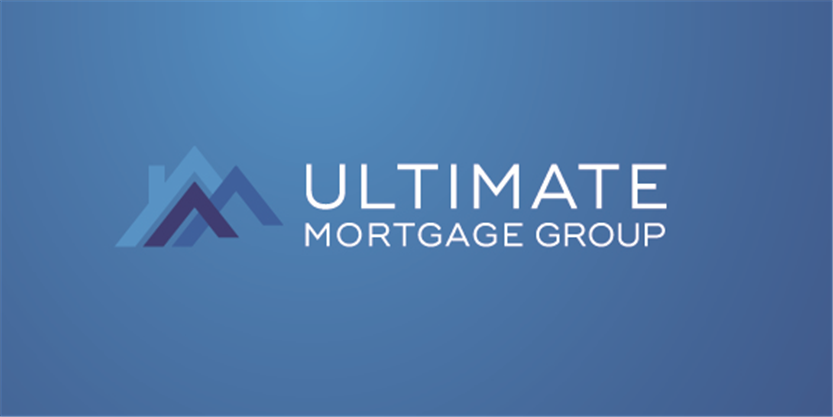AGENT LICENSE ID
M10002682
BROKERAGE LICENSE ID
11995

Lei Villar-Cisneros
Mortgage Agent
Office:
Phone:
Email:
Address:
1024 Kennedy Rd, Toronto, Ontario
Are You Over-Improving Your House?
2/27/2013
Did you purchase a property last year in the hopes of flipping it out for profit? Are you adding stainless steel appliances, hardwood floors, granite counter tops, etc? Before you put out the next dollar for home improvement, check if it will help your property get the profit you are eyeing on or does it, really?
So what is over-improvement? By definition, an over-improvement is an alteration or improvement that is made to a property where the cost is greater than the market value added to said property. If the improvement you are considering is substantially better than what is typical for the market area, you probably will not add value. In order to understand what constitutes an over-improvement, it’s crucial to understand the market dynamics of the area you are in and in particular, the ceiling. A common mistake people make is over-improving a home and then expecting to be rewarded greatly for their efforts. It is a rare instance where one can go "comp-busting" and set a new peak for the neighborhood… so don’t expect or rely on it.
Understanding market dynamics: Picture a suburban neighbourhood, 200 cookie cutter homes. The homes were all built by the same developer, are all 2 stories and range from 2,000 to 2,500 square feet. You purchased a home and are considering making some improvements. Here are some tips:
Know what the ceiling in your area is. If the highest sale is consistently riding around $450,000, cap your improvement budget based on this information. It’s best not to spend more renovating your home than the neighborhood cap minus your home’s present value. And that’s being generous. Most of the time you want to play it even more conservative and use the neighborhood median as your cap.
If the largest home in your subdivision is 2,500 square feet, it’s best not to spend money on adding square footage above and beyond the cap. You’ll likely get very little return.
If every house in your neighbourhood has vinyl floors, white appliances, and laminate countertops, you could be over-improving if you spend top dollar on custom tile floors, top notch stainless appliances, and granite countertops. It’s true that these improvements could make your home stand out more in marketplace, and attract more buyers to look at your property but you may not recoup the money invested.
If you are going to add more living space, it’s best to develop an attic before a basement. By and large, above-grade square footage is more valuable than below-grade. Just make sure your attic is livable. A nicely developed attic where you can only stand upright in the middle is of minimal value.
If you’ve ever heard the saying that it’s better to be the worst home on a fantastic block versus the best home on a mediocre block, it’s true. Keep this in mind when improving your home. The closer you get to being the nicest home around, the more your efforts (and invested dollars) will be diminished.
In general, it makes financial sense to improve a home when the improvements bring the home up to par with its surroundings.
Here are some exceptions to the aforementioned tips:
If you are going to derive more pleasure from your over-improvements than you lose in value, then who cares about money. Not everyone occupies homes so they can make tons of money. Lifestyle and amenities can certainly surpass investing wisdom.
Unique (non-conformist) properties do not apply. For example, if you live in the 1880's stone cottage that was spared during the development of a 500-home subdivision, then don’t worry about what the neighboring homes are selling for. They are in all likelihood not comparable.
If you intend to hold your property for a very long time, then a little over-improvement today can be recouped over long stretches.
Repairs do not count. A repair that does not return its dollar cost back to you in added value is known as “incurable physical deterioration”.




























